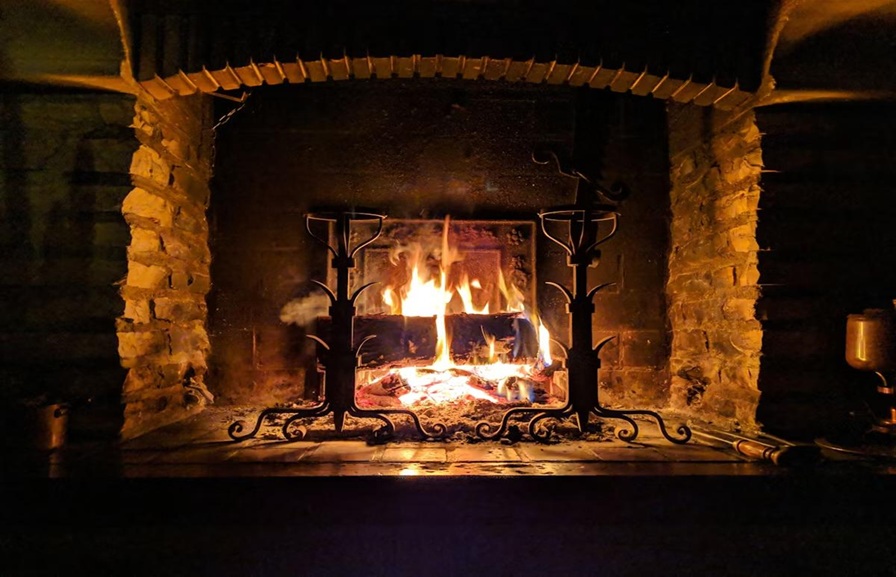A fireplace can add warmth and charm to your home, but it also brings potential hazards if not properly maintained. Whether you have a wood-burning, gas, or electric fireplace, safety should always be your top priority. Here are five essential tips to ensure your fireplace remains a safe and cozy feature in your house.
1. Schedule Regular Inspections and Cleanings
Your fireplace and chimney should be professionally inspected and cleaned at least once a year. Over time, creosote—a flammable byproduct of burning wood—can build up in your chimney and become a fire hazard.
Even if you do not use your fireplace frequently, animals and debris may block the flue, restricting proper ventilation. A certified chimney sweep will check for cracks, blockages, and structural issues that could pose a risk. Regular cleaning ensures your fireplace burns efficiently and safely.
2. Pay Attention to Gas Fireplace Repairs
Gas fireplaces are often considered safer than wood-burning ones due to their controlled flame and lack of ash or creosote. However, they are not maintenance-free. Faulty pilot lights, clogged burners, or malfunctioning thermocouples can cause dangerous gas leaks or carbon monoxide exposure.
If you notice unusual smells, difficulty starting the fireplace, or uneven flame patterns, it is time to call a certified technician. Regularly scheduled gas fireplace repair and professional checkups can prevent costly damage and protect your family from serious health risks.
3. Use a Fireplace Screen or Door
No matter the type of fireplace, always use a protective barrier like a screen or glass door. For wood-burning fireplaces, this prevents sparks and embers from flying out and igniting nearby items such as rugs or curtains.
In homes with small children or pets, a screen adds an extra layer of protection from accidental contact with the hot surface. If you use a glass door, ensure it is heat-resistant and kept closed during operation to control airflow and enhance safety.
4. Keep Flammable Items at a Safe Distance
It might seem like common sense, but many fires are started due to flammable materials being too close to the hearth. Furniture, decorations, newspapers, and even Christmas stockings should be kept at least three feet away.
Avoid using the mantel as a storage space for combustible items while the fireplace is in use. Always use seasoned hardwood if you have a wood-burning fireplace, as green or damp wood can spark and smoke excessively, increasing the fire risk.
5. Have a Fire Damage Restoration Plan
Despite all precautions, accidents can happen. That is why having a fire damage restoration plan is essential. Restoration professionals can assess the damage, remove soot and smoke, and ensure structural integrity after a fire incident.
Prompt restoration reduces long-term damage, prevents mould growth from water used during extinguishing, and helps restore your home to its pre-fire condition. Keeping emergency contacts, insurance information, and a fire escape plan ready can make recovery quicker and less stressful.
By following these tips, you can enjoy the comfort of your fireplace with peace of mind. A well-maintained fireplace is not just about aesthetics—it’s about safety, responsibility, and protecting what matters most.

